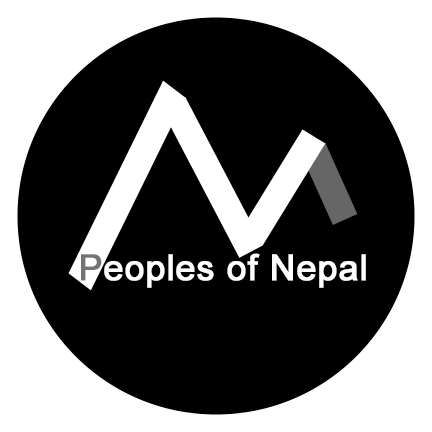The Foreigner’s Pocket
Two little hands cup together as two bright eyes light up and look towards the obvious visitor. “Chocolate!?” Shaking his head, the white tourist replies “Chaina”. Meaning “to have not”, this is one of the few words of the Nepali dialect the visitor understands. The child only lets the disappointment graze his face for a brief moment before he wittily comes up with a better solution. Getting excited once again, he looks back up smiling and asks, “Money?”
Tourism as an Industry
The Himalayas have been a traveler’s destination for decades. Adventurers looking to hike, or simply to experience a new culture, find the mountainous landscapes and religiously ingrained lands of Nepal appealing. Because of this, tourism has had an incredible impact on the country and its growth. Children understand that visitors come with money, chocolate, balloons, and toys. Their parents do not overlook the power of the industry either.
Agriculture destroys all other avenues of profit in Nepal as the hillsides are covered in vegetables, rice, and wheat. Not too long ago, it dominated the market at 90% of the entire country’s income. Today, that number has slipped down to about 70%. The missing 30% is currently being occupied by industry and services. Both of these markets have been nurtured primarily by the tourism market. Production of goods and souvenirs strengthen the industry market. Meanwhile, thanks to the many visitors, restaurants, teahouses, and hotels have exploded, thus strengthening the service market.
Other market realms, such as business, are diminishing. Most business is either outsourced or flees to countries such as India, China, Austrailia, and America. After all, those fortunate enough to go through higher schooling are able to re-locate to more affluent countries for higher paying jobs. With this in mind, the growth in tourism provides major income sources to the country; both for those with education and those without the money or time for school. Numbers aside, it does not take long to see the additional impact of this increasingly important industry.
At the Tibetan refugee camp, in the district of Mustang, farming land is difficult to come by. There are some crops growing in this area, however, they provide barely enough for food, rarely enough for sale, and never enough for savings. With the struggle to earn profit the same way most of the country does, the tourism market provides a lifeline.
Desperate for product sales, “pop-up shops” are put together for the tourists that stumble through during off-season. Sheets are thrown down on benches or other flat surfaces to display goodies and souvenirs. The handcrafted jewelry, wooden carvings, and metal plateware gives the sellers an opportunity to provide a bit more for their families; all out of a shop they keep in a bag on their back. However, if one were looking for a peaceful shopping experience, this is not the place. The first seller that spots a tourist will typically encourage and rush them before other villagers can spot the new guest. It’s a race of unequal opportunity of whom can first show off their souvenirs to the strangers carrying money in their pockets.
So What’s the Problem?
One of the biggest hurdles Nepal faces, alongside most other third world countries, is the issue of transportation. Dangerous roads, narrow ledges and slippery terrain makes trips quite a task in dry season. Monsoon season is an entirely different beast making paths often impossible to drive on. This proves difficult for goods, imports, exports, mail, people, and animals to be transported. Thanks to money trickling in through trekking permits, conservation area costs, and fees for museums and historical or religious sites, the government has been able to start bettering their country. As it should, the money is being used to fix the roads. Even though this may be joyous news to bus drivers and trekkers planning future trips to Nepal, this progress does not excite everyone.
Just down the road from the refugee camp, in the same aforementioned district, lies a very small village named Pandkhola. Only being three houses in size, the area has also been fed partially by the tourist market. Though not a main destination, the heat of the day often convinces those trekking past to stop for a cold drink, snacks and the occasional souvenir. Previous road conditions forced most to travel on foot to the bigger tourist hubs. The updated roads promise something much more disheartening. Better roads mean more buses, shorter commute times, less stops and less business for the roadside store and the people of Pandkhola.
Markets for main trekker destinations will continue to thrive. Unfortunately, small villages across the entire countryside will have to learn entirely new means of business and survival. Whether that is through the costly process of obtaining more land, or evacuating the villages entirely to find work in other areas, these people’s lives will change dramatically. The power of tourism in Nepal is enormous. It has the power to build and grow an area or wipe one off the map. The saddest part is it often has nothing to do with who is more deserving or who’s children are more hungry.
